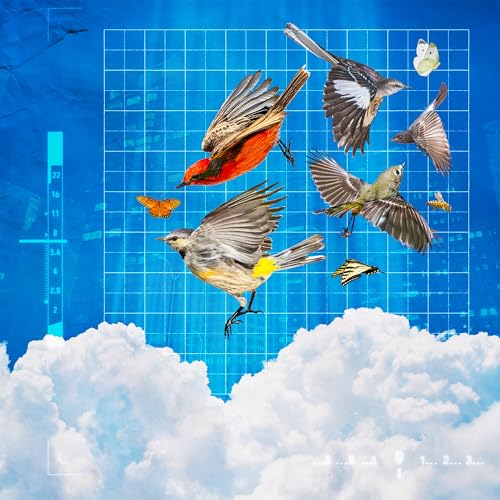In the fall of 1944, Japanese fighters opened fire on a wave of U.S. planes near Palau, including a bomber carrying pilot Jay Ross Manown Jr., gunner Anthony Di Petta and navigator Wilbur Mitts. Their aircraft crashed into the sea, and the three men were “presumed dead.” They were assigned by the Navy, like so many others, to a purgatorial category—not likely to be alive, but not declared dead, either.
Decades later, a group known as Project Recover worked relentlessly to track down the wreckage and then exhume the bones whose DNA could be tested. They ultimately identified the remains of all three crewmembers, allowing them to be laid to rest and giving a sense of closure to their families.
Host Ari Daniel speaks with Stephen Mihm, who wrote about this effort for Smithsonian magazine. And he interviews Rebecca Sheets, Manown’s niece, about what her uncle’s recovery meant for her and her family.
To subscribe to “There’s More to That,” and to listen to past episodes about the untold stories of the American Revolution, baseball at a Japanese internment camp and a recently solved mystery surrounding the burial of President John F. Kennedy, find us on Apple Podcasts, Spotify, iHeartRadio or wherever you get your podcasts.
“There’s More to That” is a production of Smithsonian magazine and PRX Productions.
From the magazine, our team is Ari Daniel, Debra Rosenberg and Brian Wolly. From PRX, our team is Jessica Miller, Genevieve Sponsler, Adriana Rosas Rivera, Sandra Lopez Monsalve and Edwin Ochoa. The executive producer of PRX Productions is Jocelyn Gonzales.
Fact-checking by Stephanie Abramson. Our music is from APM Music.
Episode artwork by Emily Lankiewicz. Photo courtesy of the Mitts and Di Petta Families. Images via Ike Skelton Combined Arms Research Library and public domain.
 32 min
32 min 40 min
40 min Jul 10 202527 min
Jul 10 202527 min 24 min
24 min 27 min
27 min 38 min
38 min May 15 202521 min
May 15 202521 min 29 min
29 min

